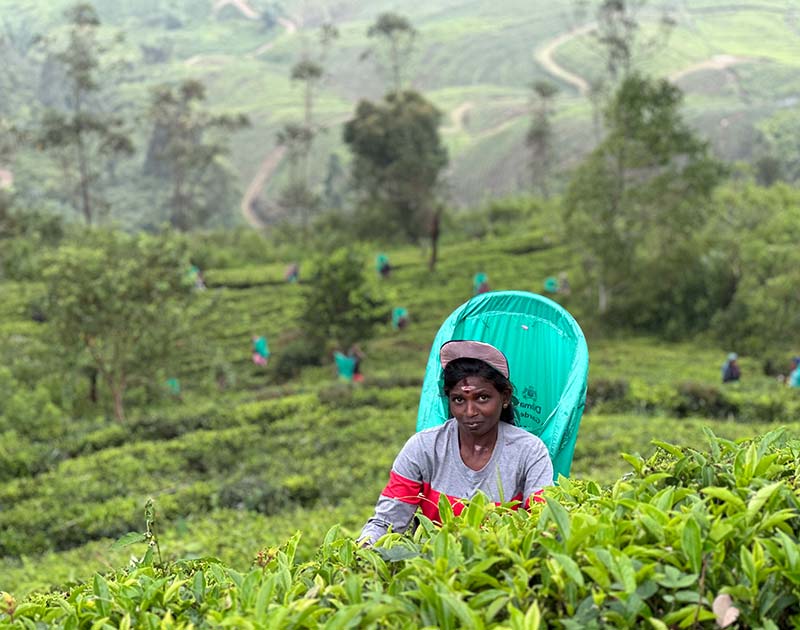
- Home
- Knowledge Insights
- Solving SME Development Challenges: Looking Beyond Easy Loan Schemes
Like many countries in the region, SME development remains prominently on the policy agenda of successive Sri Lankan governments, development projects, and private sector support programmes over the years. Yet, a thriving, dynamic, and internationally-competitive SME sector remains elusive. Various schemes to address SMEs’ access to finance issues is a popular, and often dominant, part of most SME development initiatives. In this interview with finance and investment specialist Sharini Kulasinghe we explore some new perspectives on solving SME development challenges, going beyond the common wisdom. Sharini is a freelance consultant in impact investment. She was previously the Co-Head of Investment Banking at Asia Securities, a leading investment firm in Sri Lanka. Prior to that she was part of the investment team at the US-based impact-focused asset manager.
SFF: Sharini, SME development has been on the policy agenda for decades now, ever since the SME White Paper in 2002, and there have been plenty of initiatives to improve SME competitiveness in general and access to finance for SMEs, in particular. Yet, we haven’t seen much meaningful change. In your opinion, where are we going wrong?
SK:Well, I feel the key issue has been that there hasn’t been a concentrated effort to really understand and define the specific problems SMEs face. First, the idea of SME itself is a very broad category, and there is a lot of diversity within it. The Central Bank of Sri Lanka defines SMEs as companies with less than LKR750 million in revenue – this can include agricultural businesses, restaurants, footwear manufacturers, IT companies, etc; it will also include companies that were established 5 years ago and those that are now being managed by a third generation of owners; and it includes businesses that generate LKR50 million in revenue and those that generate LKR700 million in revenue. Each of these businesses face different problems and need different solutions, which cannot be addressed through a one size fits all model, which is how most discussions around SMEs are framed.
Secondly, there are few, if any systematic efforts to understand the specific problems SMEs face from the ground up – ie: by talking to SMEs. Often, it is assumed that access to finance is the biggest issue they face. However, while many SMEs I have spoken with certainly consider access to finance as a key issue, they also struggle with things like access to export markets, barriers to clearing imported items, labour supply shortages, lack of management capacity and sometimes even inability to access affordable technology solutions. If these issues are not addressed, improving access to finance will not necessarily help improve SMEs. For example, access to finance won’t help an SME that is struggling to find export markets for its products.
So in summary, I think that a successful SME policy needs to begin with a clear assessment of the constraints SMEs face, rather than an assumption around access to finance.
SFF: Lets focus specifically on access to finance for a bit. There’s plenty written about it, and many programmes to try to solve it. Before we get into solutions, I want to first ask – how do you characterize the access to finance problem that SMEs face in Sri Lanka, from your own assessments and observations?
SK: Globally, SME financing is challenging and the situation is no different in Sri Lanka. Banks give loans to companies if they believe that it is likely to be repaid. Generally, this analysis has two main considerations – 1) the extent of security that the company provides and 2) whether the company can generate sufficient cash flows to repay the loan. SMEs often lack the kind of collateral (usually fixed assets like property, vehicles, etc) that banks need as security. In addition, many SMEs do not have stable, consistent cash flows, which makes evaluating their repayment capacity challenging. This is compounded by the fact that many SMEs do not maintain clear records, so banks are unable to evaluate their past performance accurately.


